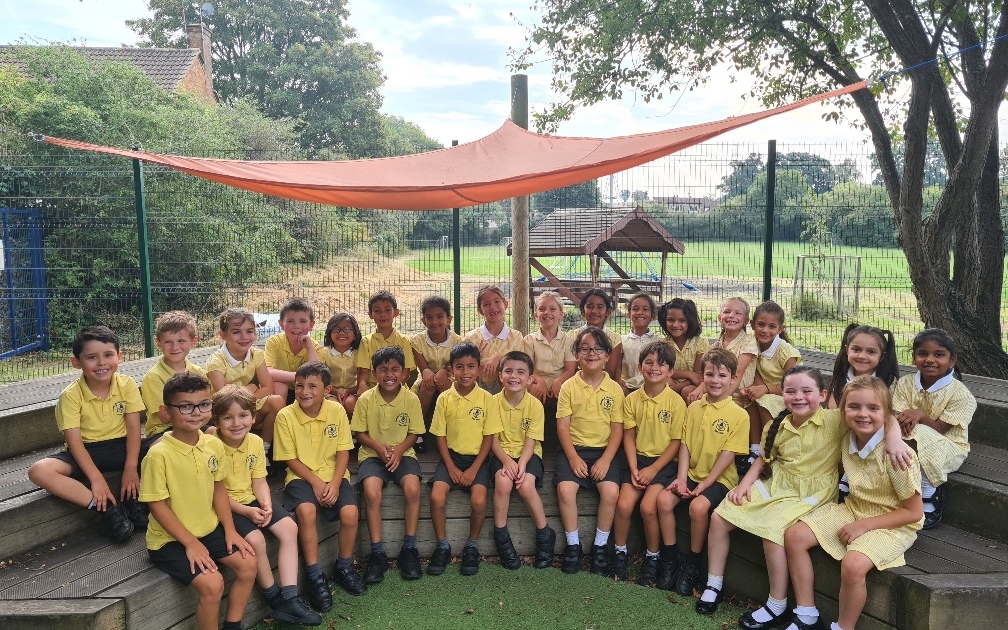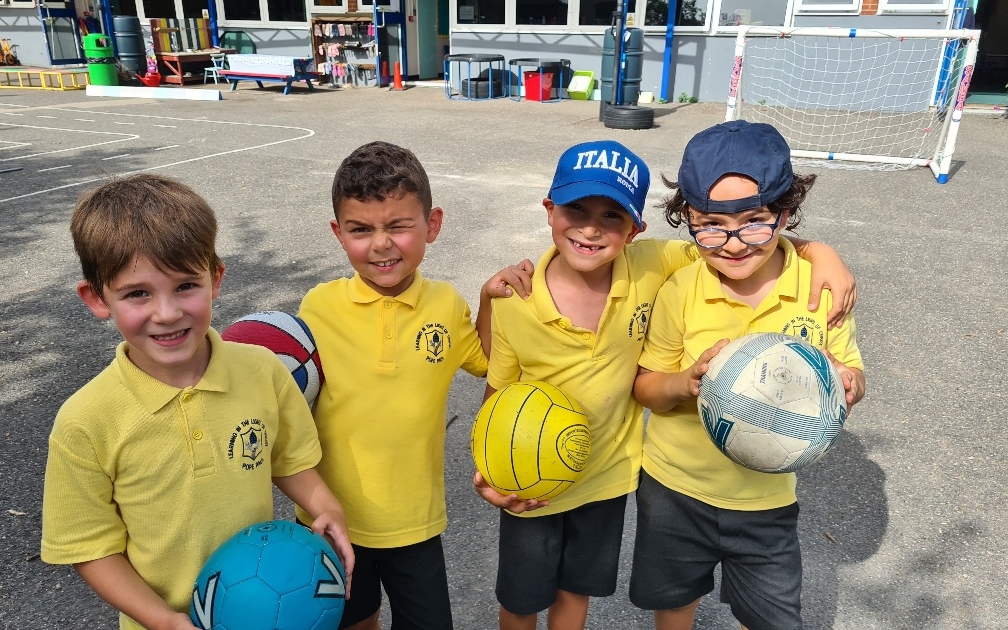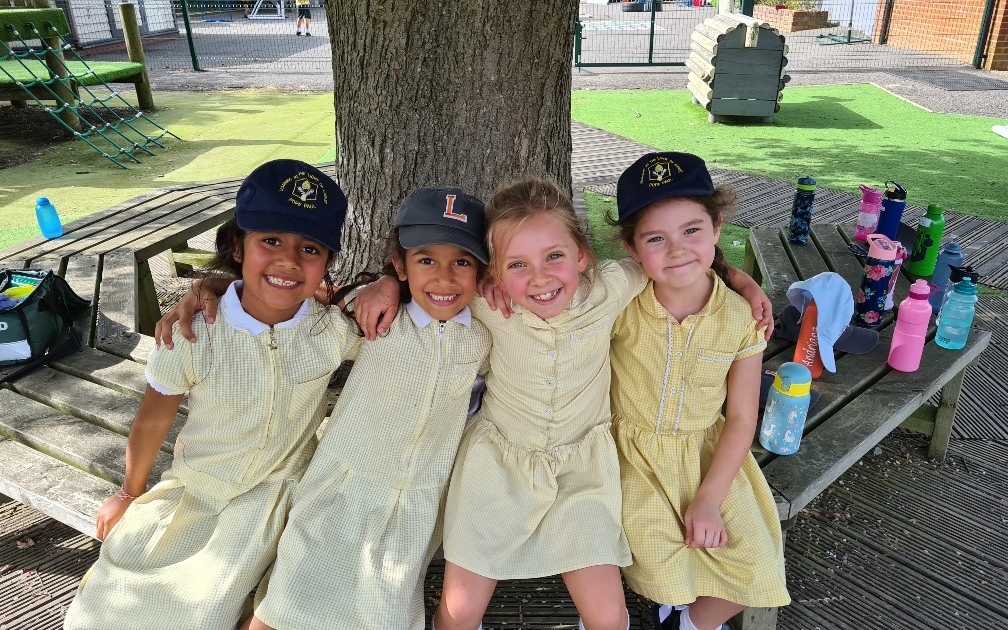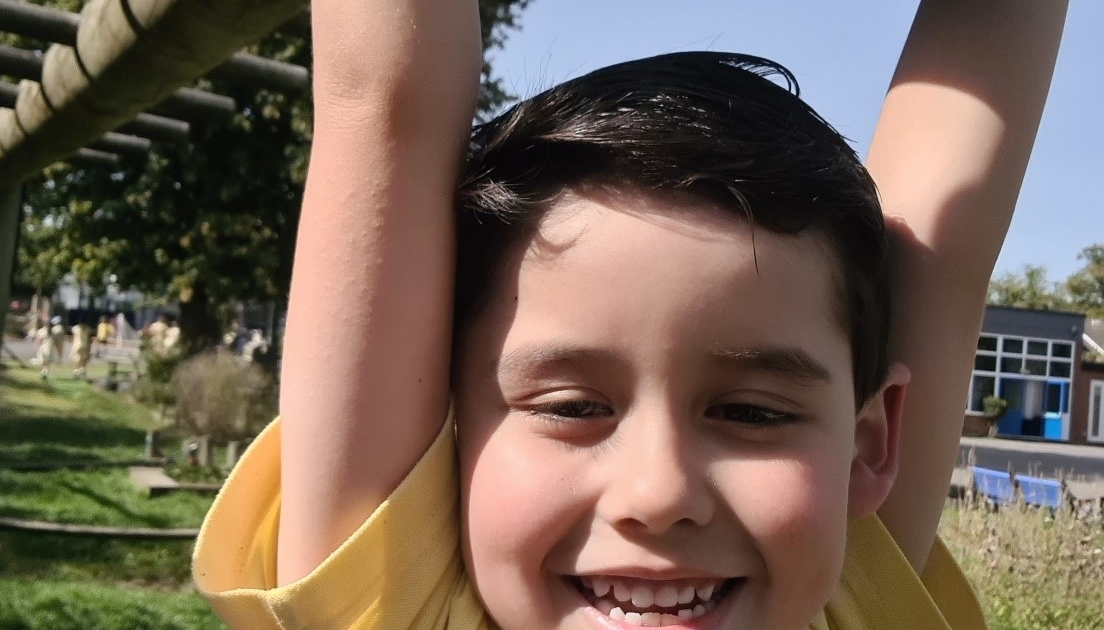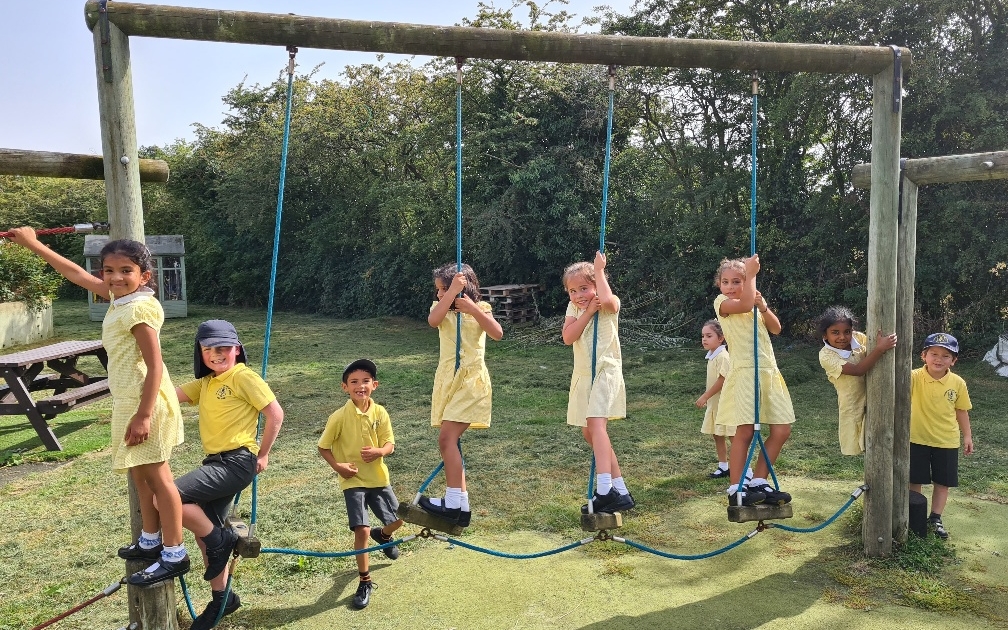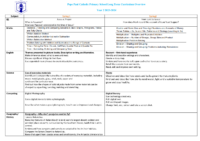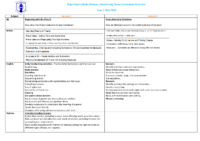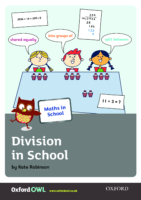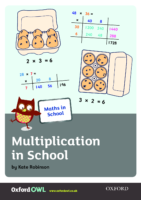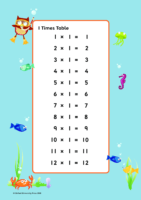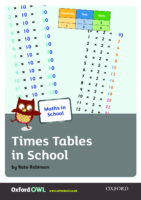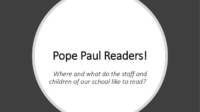Year 2
A very warm welcome from Miss Donna Pringle
Welcome to Year 2! The children are now the oldest in the ‘Infants’ and this year they will develop their leadership skills and learn to be role models for the younger children in our school. They will continue to learn through exploration and discovery, taking more ownership of their learning and depth of challenge.
I look forward to working with parents to help the children to achieve their full potential in all areas.
Autumn and Spring Overview 2023-2024
Mathematics
There are eight areas of study: number and place value, addition and subtraction, multiplication and division, fractions, measurement, properties of shapes, position and direction, and statistics.
Children in Year 2 need to be confident with number bonds to 10 and 20, and to recognise the position of the first 100 numbers on a hundred square. They should also be able to visualise the 100 square in their heads. Children will be encouraged to reason and articulate how they arrived at an answer or solved a problem. Mental maths should be practised daily.
English
Reading
Every child will have a Home Reading Record Book. They will be heard read at least once a week on a specified day in a guided reading group. They will take one reading book home to support their learning as well as free-choice of library books for you to share and read to them.
Spelling and phonics
Children will be given weekly spellings to learn. Phonics continues to taught through our own carefully planned systematic, synthetic program, using a multi-sensory approach.
Handwriting
Children will continue to use the lead in stroke and develop their cursive writing.
Recommended Reading List
P.E.
Our PE days are Tuesdays and Wednesdays. Children should come to school wearing their PE kits on these days.
Home Learning
Home learning consists of daily reading to an adult, reading comprehension, spelling, punctuation and grammar practice ( SPAG) and practising number skills using Mathletics.
Throughout the year all classes may be set cross-curricular learning tasks. RE learning projects will be set twice termly linking RE to other curriculum areas. Eg Easter Gardens, Bread of Life Art, Pentecost Prayer.
Meet the Teacher 2023
Meet the Teacher Meeting Y2 September 2023Toggle Content goes here

